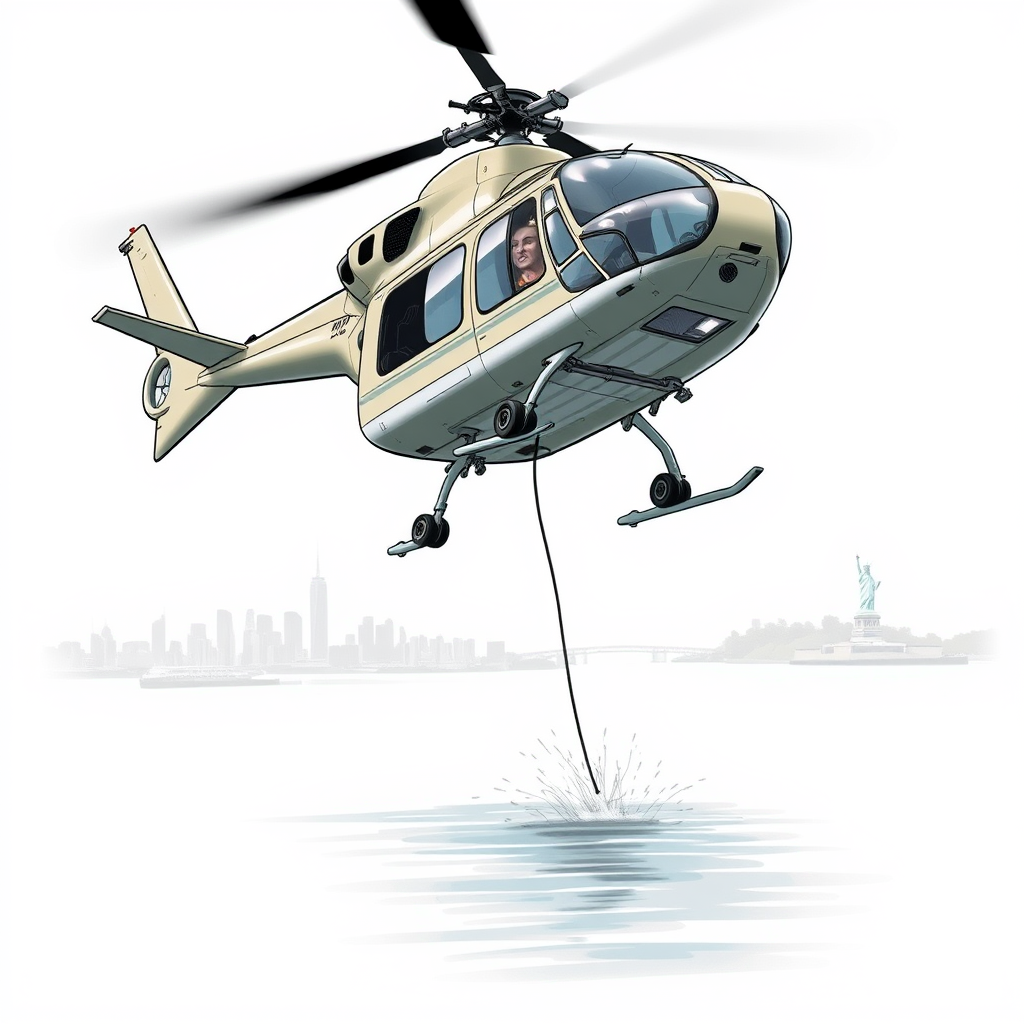Hudson River Crash: Helicopter Firm Shuts Down

New York Helicopter Tours has ceased operations immediately following last week’s fatal helicopter crash in the Hudson River, the Federal Aviation Administration announced Sunday. The company’s helicopter carried Agustin Escobar, a Siemens executive from Spain, his wife, and their three children when it went down near Jersey City, New Jersey.
The FAA stated it will conduct an immediate review of New York Helicopter Tours’ license and safety record. This decision comes amidst growing public concern regarding helicopter safety, prompting the FAA to announce a helicopter safety panel on April 22nd to discuss nationwide risk assessments and mitigation strategies. The agency emphasized that safety remains its top priority and it will “not hesitate to act to protect the flying public.”
The crash occurred last Friday afternoon when the helicopter, carrying the family visiting from Barcelona, Spain to celebrate a 40th birthday, departed New York City around 3 PM. Radar data shows the aircraft flew along the Manhattan skyline before turning south towards the Statue of Liberty. Witnesses captured disturbing footage of the helicopter experiencing mechanical issues – components visibly wobbling and spiraling – before crashing into the river.
The Bell 206L-4 LongRanger IV helicopter, built in 2004, had accumulated 12,728 flight hours and had a valid airworthiness certificate until 2029. However, the company’s safety record is under intense scrutiny, revealing two prior safety-related incidents. In 2015, an inspection following an emergency landing suggested potential corrosion and deformation of aircraft components, raising concerns about airworthiness. Another incident in 2013 forced a pilot to land a helicopter carrying four people in the water near Manhattan due to an engine warning.
The FAA and the National Transportation Safety Board (NTSB) are currently investigating the cause of the latest crash. While investigations are ongoing, the immediate shutdown of New York Helicopter Tours signals a serious response to the tragedy and a commitment to addressing potential safety lapses within the industry. The incident serves as a stark reminder of the inherent risks associated with helicopter tours and the critical importance of rigorous safety oversight. It’s a necessary, though unfortunate, step to ensure public trust and prevent future tragedies.